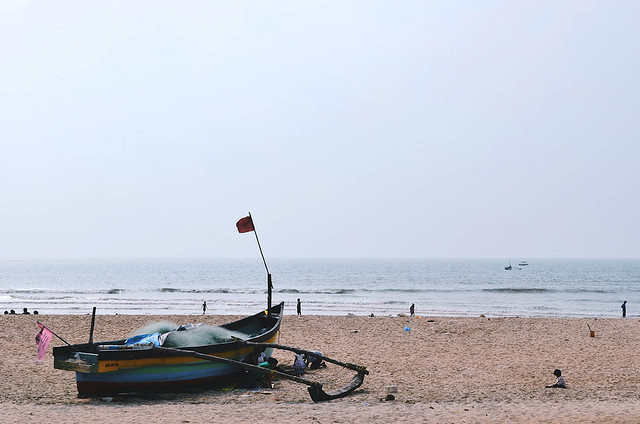
I’ve been meaning to get down to going through these photographs and share one of the best parts of our trip to India, our visit to Goa. This half of the trip was filled with lots of food, drink, daily trips to the beach and a day spent at a spice plantation with some gorgeous elephants.
Goa is all about rich and creamy coconut curries, coconut toddy (check the video out, also this drink is not to be confused with a hot toddy), cashew and even coconut fenis (a moonshine kind of liquor fermented from the fruit, I prefer the cashew type), lots of sea food, bebinca, etc. The list could go on and on. And Goan Sausage which is super hot and spicy but the best! For some reason I found quite a few restaurants referring to it as “Goan chorizo”but it does not taste like chorizo, I think we should just stick with Goan sausage. You can get the sausages in different sizes, we saw a lot of the “rosary’ ones on this trip but larger ones are available too.
Since we were in Goa for only a week with a lot of wedding festivities squeezed in and didn’t have much time to sightsee, my mom came up with the brilliant idea to visit a spice plantation that she had been to before.We rented a car to drive out to the plantation and boy, were we amazed! It started off with a little welcome snack that included sampling some of their “elaichi kela” (cardamom bananas – they are smaller than regular bananas with a tastier flavor)and greeting by our tour guides. We were then taken around by our excellent guide who showed us all the spices and plants that were fruiting or blooming (depending on the season, the things you see will be different). I got to see green cardamom or as I like to refer to it, the Indian vanilla but there were plenty of vanilla bean plants climbing up trees. I had no idea that there were male and female coffee beans and for that matter male and female papaya plants. I wish you could have been there with me to taste and sample all the wonderful ingredients we use in the kitchen. At the end of our tour we got to eat a delicious unlimited spread of several different vegetarian and non-vegetarian dishes. You also have the option of taking an elephant ride and getting a bath by either of the elephants (yup, she’ll hose you down in the river while you sit on her back). I also learned that elephants poop continuously, just like horses but who cares they are so darn magnificent!
I hope you enjoy these moments from our trip, have a great weekend!
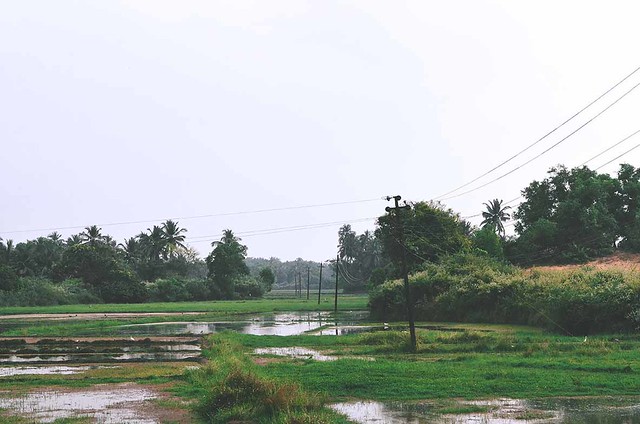
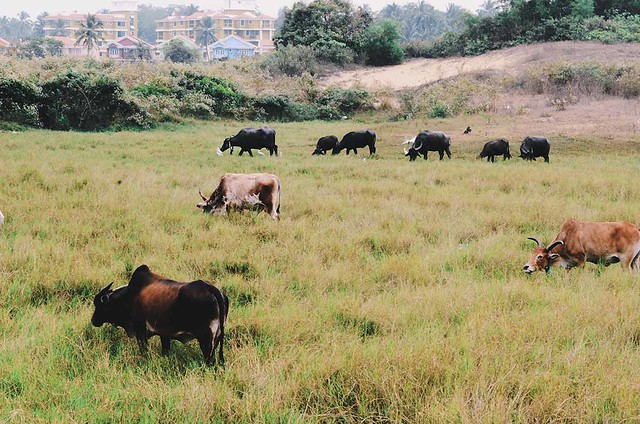
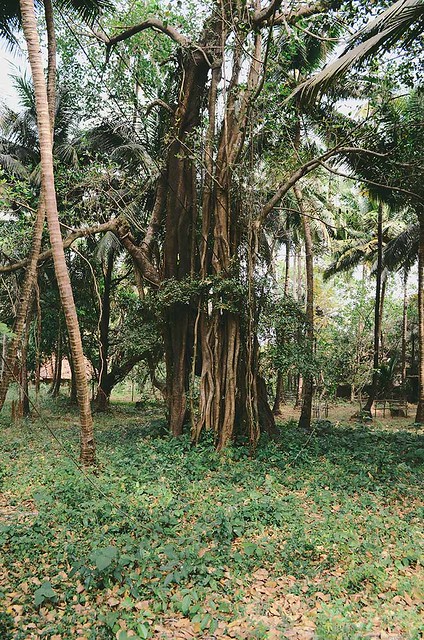
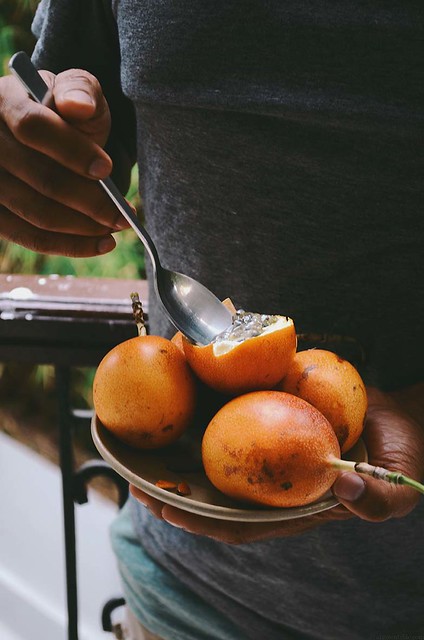


 >
>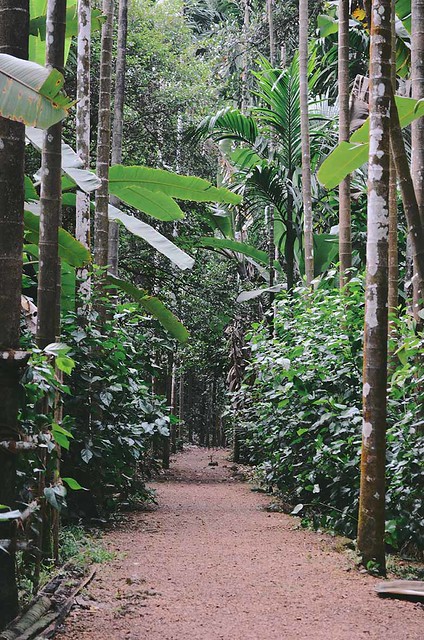
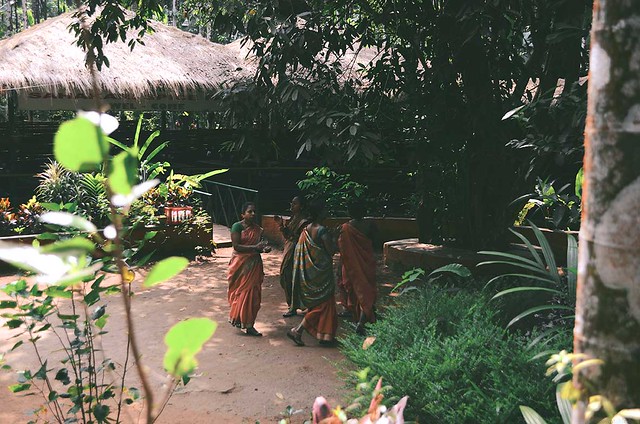
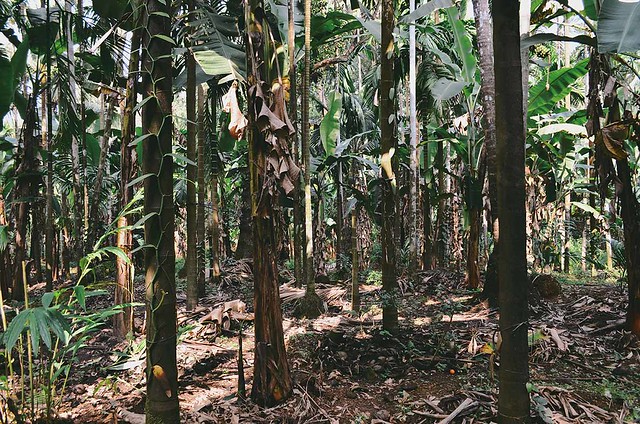
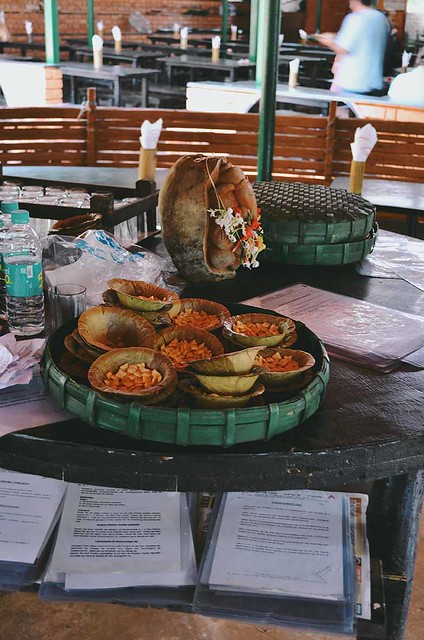
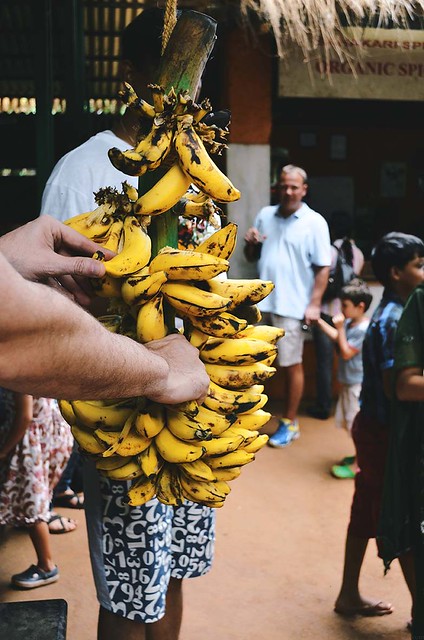


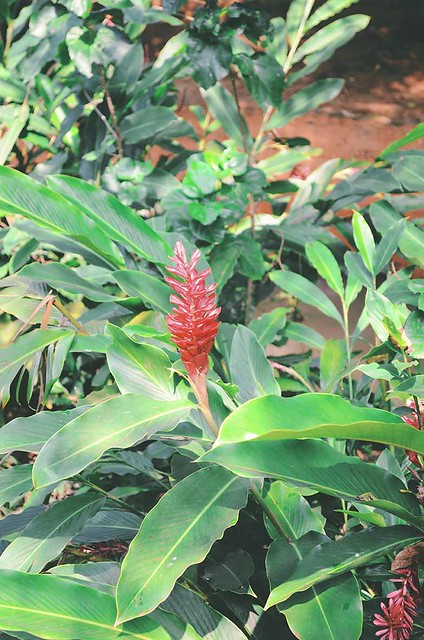
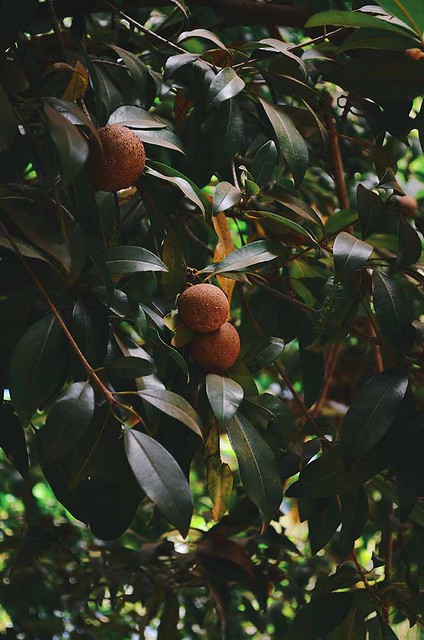

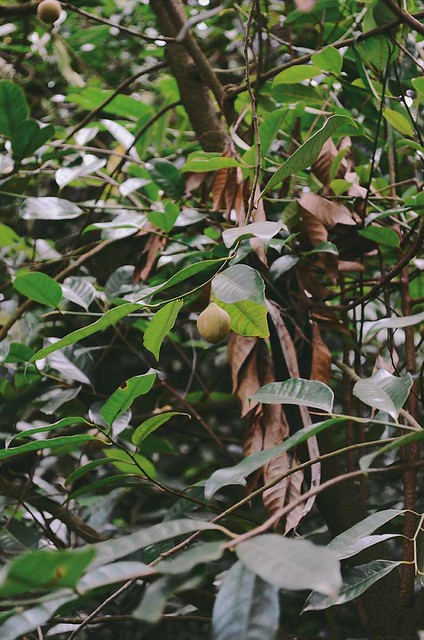
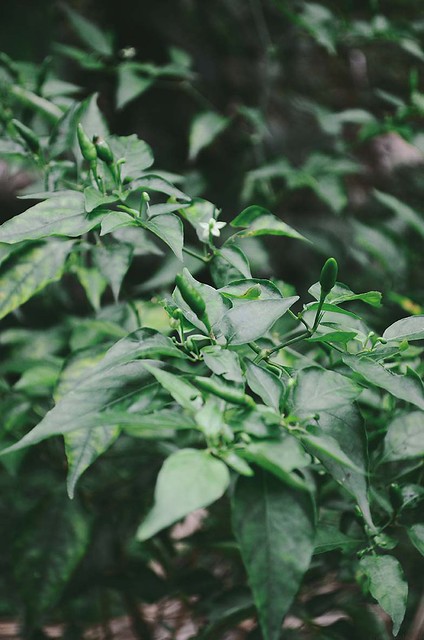

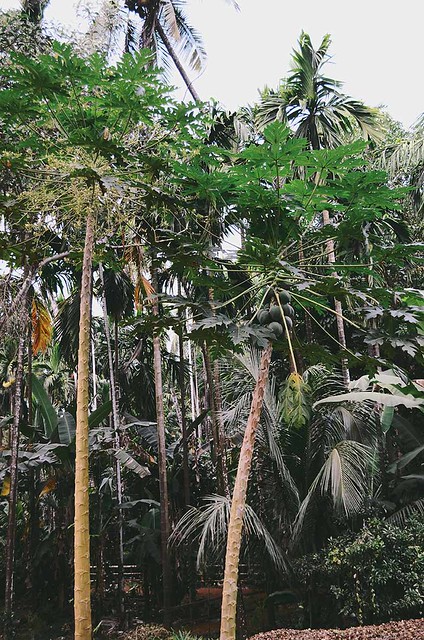
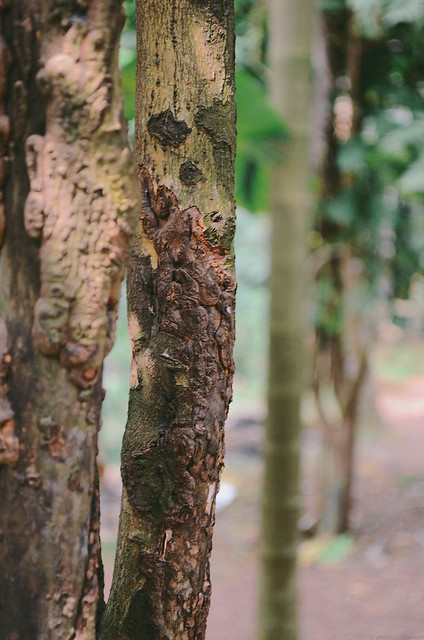
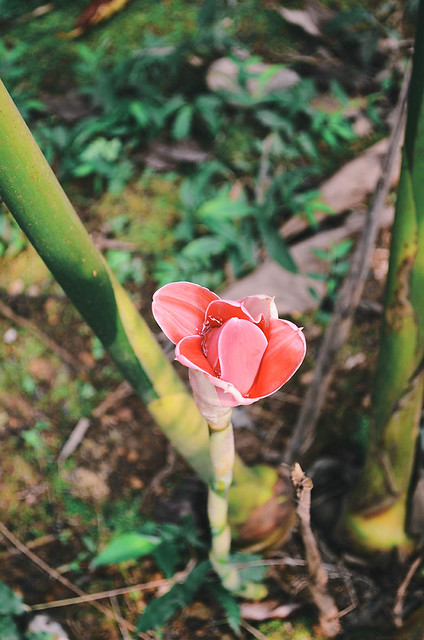
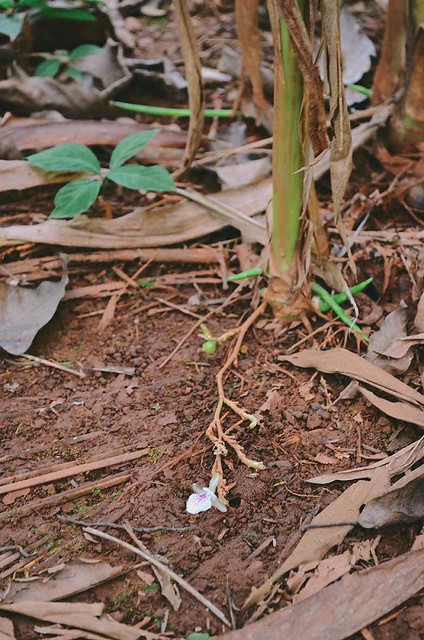
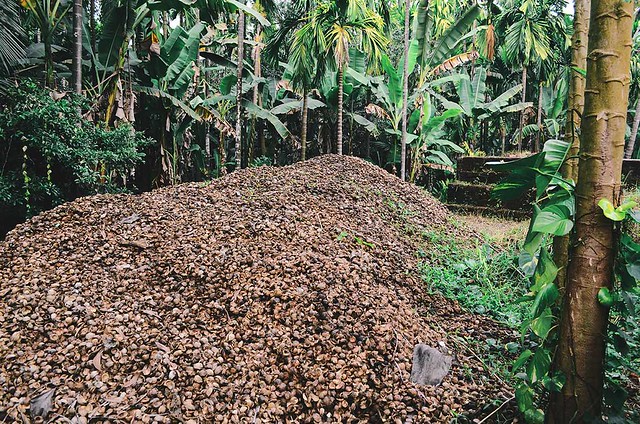
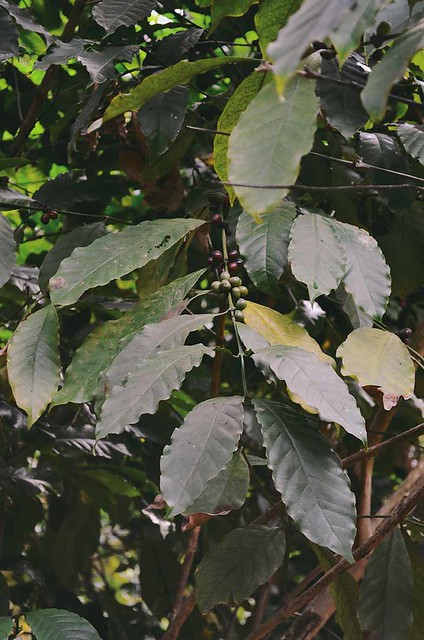
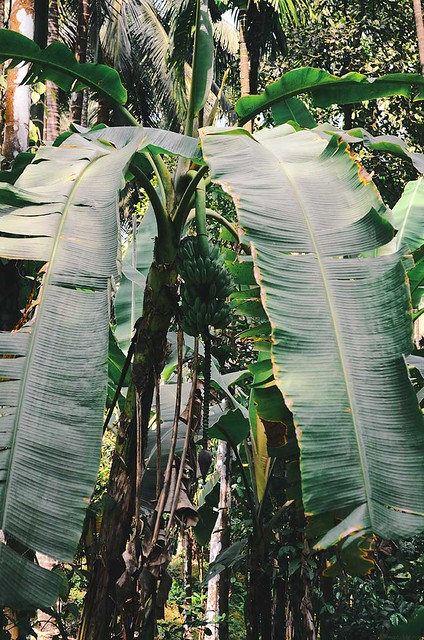
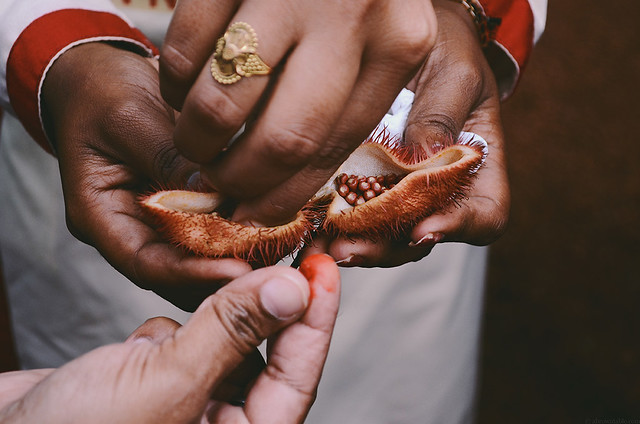
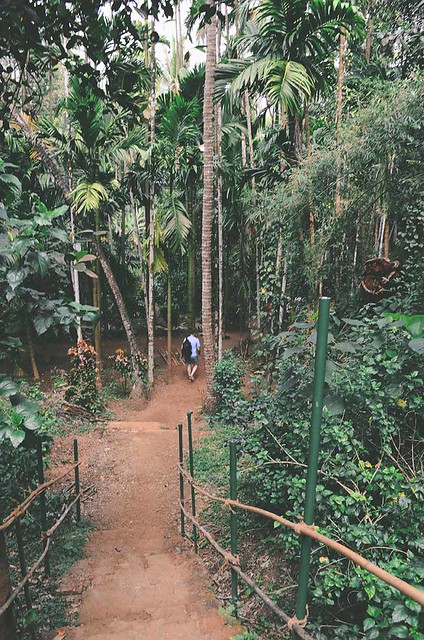
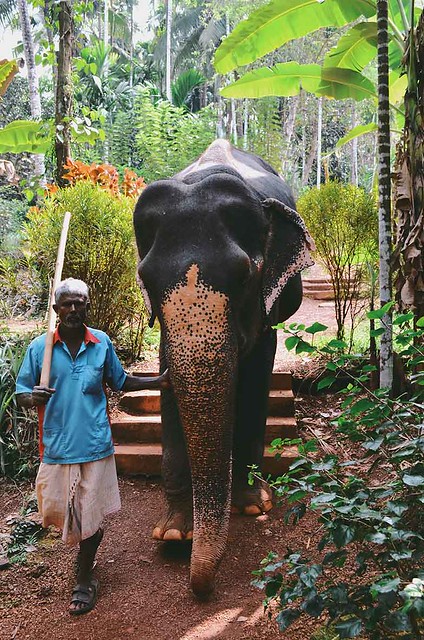
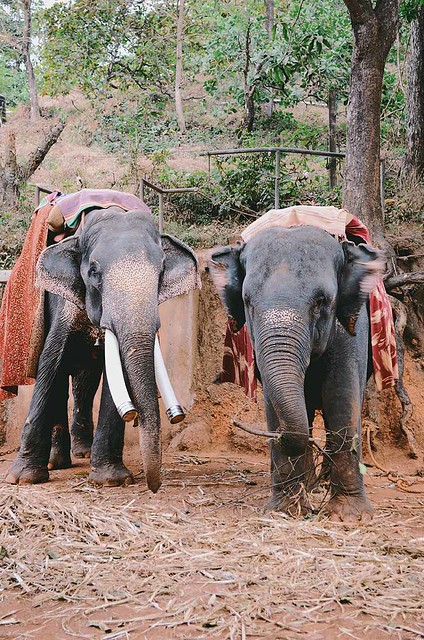


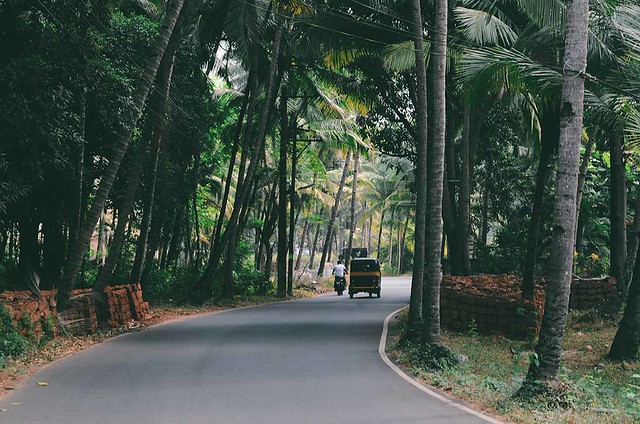
From top to bottom: 1. Beach at Benaulim, South Goa, 2. and 3. Rice paddies in Benaulim, 4. Banyan tree 5. Passion fruit 6. & 7. Goan Fish Market Vendors 8. Goan Sausages 9. Entrance to the Spice Plantation in Ponda, Goa 10. Konkani folksong and dance 11. Vanilla Bean Vine 12. Greetings and Snacks 13. Elaichi Banana 14. Cashew Feni 15. Cashew Feni Fermentation 16. Ginger Flower 17. Sapota/Chickoo fruit 18. Ant hills 19. Nutmeg 20. Chili peppers 21. Cocoa flowers 22. Male and Female Papaya trees 23. Cinnamon 24. Ginger flower (perhaps) 25. Green Cardamom pod and flower 26. A mound of coconut shells 27. Peppercorn berries 28. Bananas 29. Annatto (the natural lipstick) 30. Walking through the plantation 31. and 32. Elephants 33. and 34. Fried Oysters and fish 35. Ponda Street.

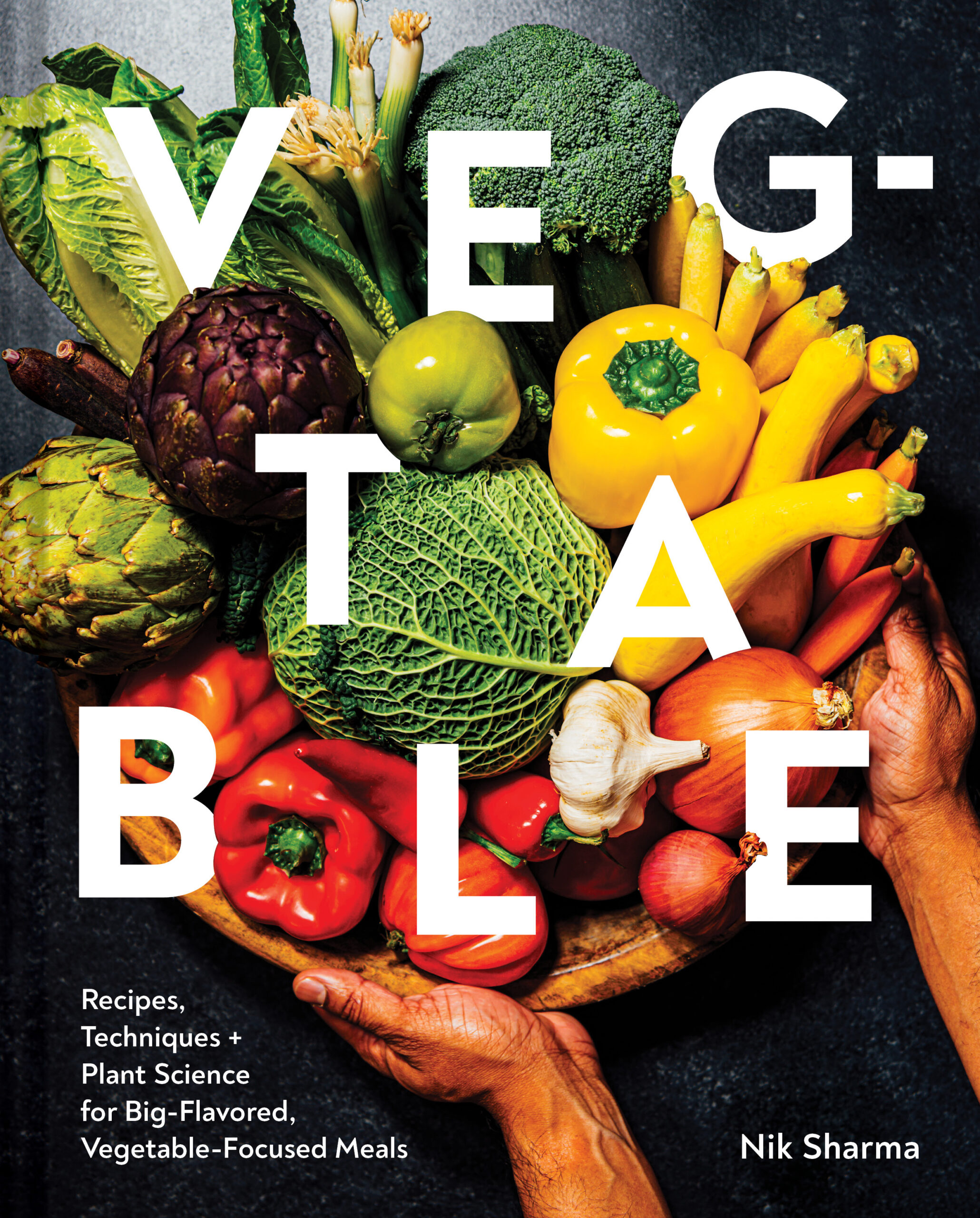
9 Responses
Truly amazing photographs Nik:)
Your ginger flower (picture #24) is definitely ginger – specifically torch ginger. One of my favorite flowers, which I first saw in Tahiti. We went to the Savoi Spice Plantation several years ago when we were in Goa. I remember that being a wonderful visit. It’s always great to see the spices we cook with in their natural habitat. I recall having an excellent lunch there, too.
I also agree with you that the Goan sausage should be called just that. Chorizo is either Mexican or Spanish (they are different from each other). I love the Mexican chorizo but have not yet had the privilege of trying the Goan sausage. Hopefully some day I will, as I’ve never had any real Indian food that I did not like.
I also agree with you that the Goan sausage should be called just that. It doesn’t make any sense to give it a name that doesn’t match it. (I’m
Beautiful photos!
So loving this post and your photos!! And yes I agree with your quote about the elephants, "who cares they are so darn magnificent!" I did ride one in Thailand and I loved it. Yes, it is a bit of a touristy thing to do, but whatever : D How I would love to visit that spice plantation! What is the guy holding in the pic with the hands?
These photos are incredible, Nik. I just love those elephants!! <3
Beautiful photos, Nik! I can’t wait to visit Goa someday 🙂
How marvelous. Your photos say it all. Beautifully captured, Nik!
Love my home!!! Amazing job documenting the spice plants. It sure is nice to see where they come from. I have never been on that tour because every time I’m home, I just sit on my behind and watch American television. When we were in school, we went on a trip to a vanilla plantation. That was the best. Made me crave vanilla ice-cream.
I had a smile on my face reading what you wrote about Goan choriço. It is nothing like the chorizo from Spain and I am definitely no expert in how the Portuguese made it (nooo idea how it tastes). However, we have always called it choriço because it was a technique that was assimilated into local culture through religion by the colonisers. I don’t see the locals ever coming up with the sausage-casing techniques on their own or even eating pork for that matter. It’s an entirely Indian/Goan product with a lot of vinegar-y love from our European buddies.
This is my home state. Have not been back in 13 years.. Such memories. Never been to that plantation however… Hope to take my family soon. Miss the SAUSAGES with all my heart. Thank-you for sharing the pictures.
My father and my uncles used to add sugar to the Feni, and once they were done drinking we got to lick the sugar off their cups..yummm. I miss those days.